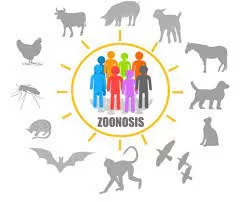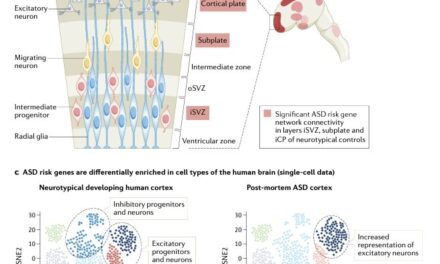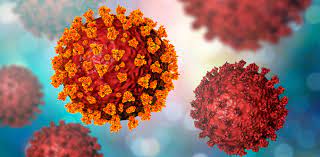In a groundbreaking discovery, a study conducted by researchers at University College London challenges the conventional belief that humans primarily serve as recipients, or “sinks,” for viral infections. Instead, the research unveils a startling revelation: humans often act as sources, transmitting viruses to both wild and domestic animals, thereby heightening their susceptibility to disease.
The findings, published in the journal Nature Ecology and Evolution, stem from an exhaustive analysis of nearly 12 million viral genomes, shedding light on the intricate dynamics of viral transmission across different species. Contrary to longstanding assumptions, the study underscores the significance of human-to-animal transmission in the spread of viral pathogens.
Lead author Cedric Tan, a doctoral student at UCL’s Genetics Institute and Francis Crick Institute, elucidated the implications of this paradigm-shifting discovery. He emphasized that the transmission of viruses from humans to animals not only poses a threat to wildlife conservation but also presents risks to human health and food security. Tan highlighted the potential repercussions, such as the culling of livestock to prevent epidemics, citing the recent instances of the H5N1 bird flu outbreak.
Moreover, Tan underscored the evolutionary implications of interspecies viral transmission, noting that viruses originating from humans may continue to thrive in new animal hosts, potentially evolving novel adaptations that could pose renewed threats to human health.
Professor Francois Balloux, co-author of the study from UCL Genetics Institute, emphasized the need to reassess the traditional view of humans as mere recipients of zoonotic pathogens. Instead, he advocated for viewing humans as integral nodes within a complex network of hosts, facilitating the exchange of pathogens across species boundaries.
The study’s comprehensive approach involved analyzing viral genomes and reconstructing evolutionary histories to trace the patterns of host jumps across 32 viral families. The researchers found a striking prevalence of human-to-animal transmission, surpassing instances of transmission in the opposite direction.
As the scientific community grapples with the implications of these findings, the study underscores the importance of understanding the intricate dynamics of viral transmission to mitigate the risks posed by emerging infectious diseases in both human and animal populations.











